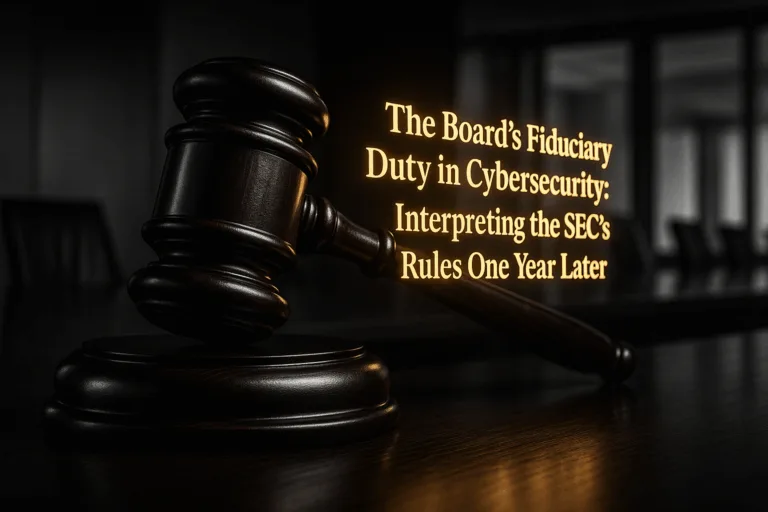Healthcare Cybersecurity Phoenix: Safeguarding Patient Information and Ensuring Compliance
In today’s digital age, the healthcare industry faces an increasing number of cybersecurity threats. For healthcare providers in Phoenix, the stakes are particularly high. The combination of sensitive patient information, regulatory requirements, and the complexity of healthcare IT systems makes robust cybersecurity measures essential. This article explores the critical aspects of healthcare cybersecurity in Phoenix, offering actionable steps to protect patient data and ensure compliance with industry standards.
Understanding the Cybersecurity Landscape in Healthcare
Healthcare organizations are prime targets for cybercriminals due to the vast amount of sensitive data they handle. This data includes personal identification information (PII), medical records, and financial information. The consequences of a data breach can be severe, ranging from financial losses to compromised patient safety.
Key Cybersecurity Challenges in Healthcare:
- Data Breaches: Unauthorized access to patient data can lead to identity theft and fraud.
- Ransomware Attacks: Cybercriminals often use ransomware to encrypt data and demand a ransom for its release.
- Phishing Attacks: Healthcare employees may inadvertently provide access to cybercriminals through phishing emails.
- Compliance Requirements: Adhering to regulations like HIPAA (Health Insurance Portability and Accountability Act) adds an extra layer of complexity.
Actionable Steps for Enhancing Healthcare Cybersecurity in Phoenix
1. Conduct Regular Risk Assessments
- Identify potential vulnerabilities within your IT infrastructure.
- Assess the effectiveness of current security measures.
- Implement improvements based on assessment findings.
2. Implement Strong Access Controls
- Use multi-factor authentication (MFA) to ensure only authorized personnel can access sensitive data.
- Regularly update and enforce strong password policies.
- Limit access to data based on the principle of least privilege.
3. Train Employees on Cybersecurity Best Practices
- Conduct regular training sessions on identifying phishing emails and other social engineering attacks.
- Encourage a culture of cybersecurity awareness within the organization.
- Provide guidelines on reporting suspicious activities.
4. Use Advanced Threat Detection and Response Tools
- Invest in cybersecurity tools that offer real-time threat detection and response capabilities.
- Utilize endpoint detection and response (EDR) systems to monitor and protect devices within the network.
- Implement network segmentation to limit the spread of malware.
5. Ensure Data Encryption and Secure Backup Practices
- Encrypt sensitive data both at rest and in transit to protect it from unauthorized access.
- Regularly back up data and ensure backups are stored securely and tested for integrity.
- Develop and test a disaster recovery plan to ensure data can be restored quickly in the event of an attack.
Compliance with Healthcare Regulations
Adhering to healthcare regulations is crucial for protecting patient data and avoiding hefty fines. The HIPAA sets the standard for protecting sensitive patient information in the healthcare industry. Compliance with HIPAA involves:
- Ensuring the confidentiality, integrity, and availability of all electronic protected health information (ePHI).
- Identifying and protecting against reasonably anticipated threats to the security or integrity of the information.
- Ensuring compliance by the workforce.
Case Study: Successful Implementation of Cybersecurity Measures
A Phoenix-based healthcare provider recently faced a significant cybersecurity challenge. After a comprehensive risk assessment, the organization implemented several key measures, including advanced threat detection systems and regular employee training programs. As a result, the provider successfully thwarted multiple attempted cyberattacks, ensuring the safety of their patient data and maintaining compliance with HIPAA regulations.
Key Takeaways:
- Regular risk assessments and proactive security measures are essential.
- Strong access controls and employee training can significantly reduce the risk of cyberattacks.
- Compliance with healthcare regulations like HIPAA is crucial for legal and financial protection.
Conclusion
Healthcare cybersecurity in Phoenix is not just about protecting data; it’s about safeguarding patient trust and ensuring the smooth operation of healthcare services. By implementing robust cybersecurity measures and maintaining compliance with industry regulations, healthcare providers can protect sensitive information and provide a safe environment for their patients.
For more information on enhancing your healthcare cybersecurity, contact Grab The Axe today.
References:
- Health Insurance Portability and Accountability Act of 1996 (HIPAA), Pub.L. 104-191, 110 Stat. 1936.
- Ponemon Institute. (2020). The Impact of Ransomware on Healthcare During COVID-19 and Beyond.
- U.S. Department of Health and Human Services. (2021). Cybersecurity Best Practices for Healthcare Organizations.
To Learn More:
Boost Patient Trust with Premier Security Measures for Medical Offices
GIS Disaster Preparedness: Leveraging GIS for Disaster Preparedness Across Ages
Data Privacy Laws Compliance: Navigating Data Privacy Laws – Ensuring GDPR and HIPAA Compliance






This Post Has One Comment
Pingback: The ROI of Cybersecurity for Small Businesses in Phoenix - Grab The Axe
Comments are closed.